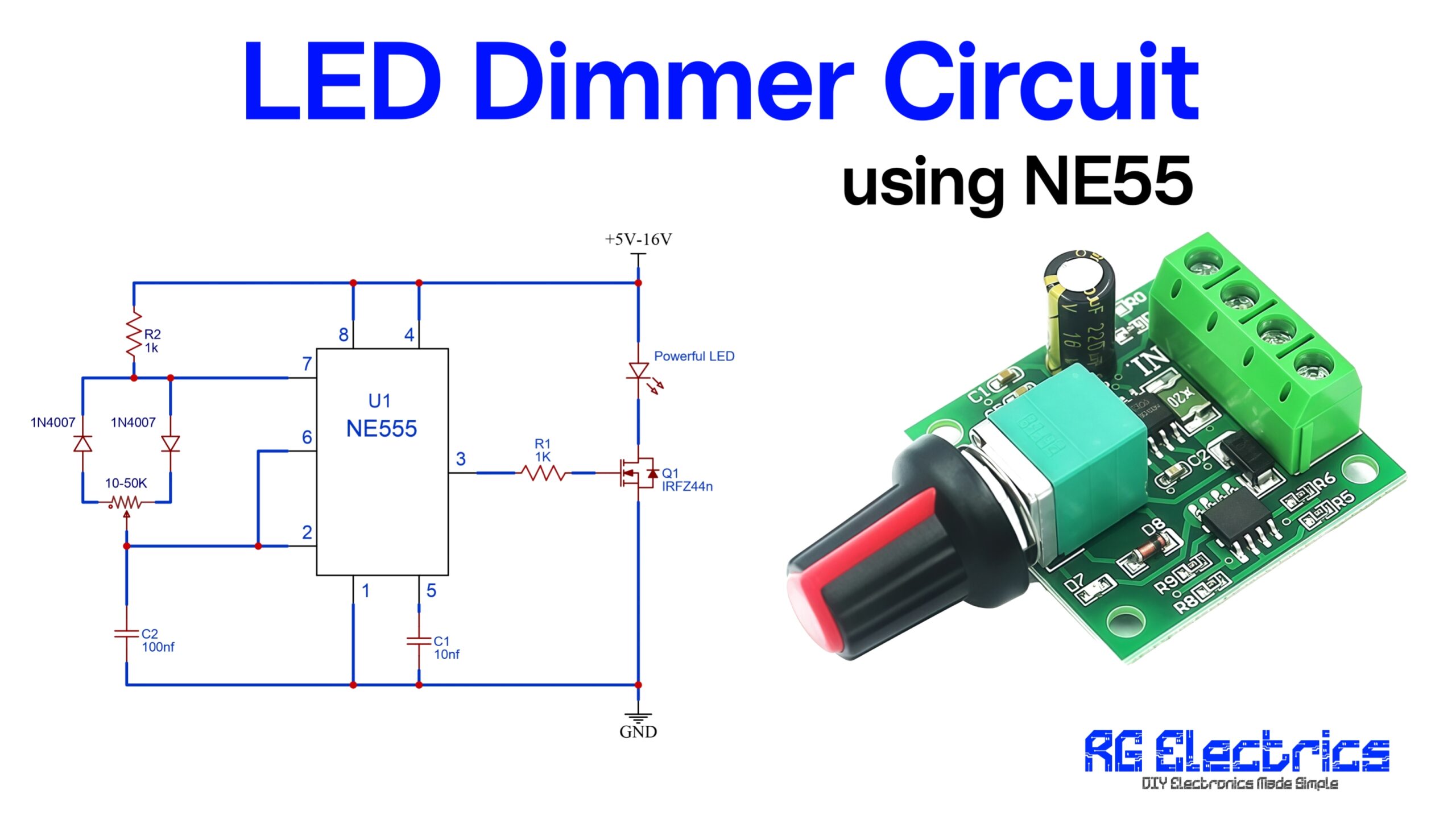Table of Contents
Introduction
Metal detectors are fascinating devices that can detect the presence of metallic objects hidden beneath the ground or inside other materials. From treasure hunting to security checks, their applications are widespread. If you’re interested in electronics or DIY projects, building your own simple metal detector is a fun and educational experience.
This article explains how to build a Simple Metal Detector Circuit using a CS209A IC, a few passive components, and a 9V battery. It’s compact, affordable, and works well for detecting small metal objects nearby.
Components Used
| Component | Specification | Description |
|---|---|---|
| CS209A | Metal detector IC | Main control IC with internal oscillator and demodulator |
| Inductor | 100 µH | Acts as part of the tank circuit |
| Capacitors | 2 × 2.2 nF | Used in tank and demodulator circuit |
| Potentiometer | 20kΩ | Adjusts sensitivity |
| Resistors | 560Ω, 1kΩ | Limits current to buzzer and LED |
| LED | Standard | Visual indication of metal detection |
| Buzzer | Small DC buzzer | Audible alert on metal detection |
| Battery | 9V | Power supply |
CS209A Pinout

Circuit Diagram

How the Circuit Works
The metal detector works on the principle of electromagnetic field disturbance. Here’s a breakdown of the operation:
1. The Heart – CS209A IC
- The CS209A is a purpose-built IC designed for proximity and metal detection. It includes an oscillator, tank circuit interface, demodulator, and output drivers.
2. Oscillator and Tank Circuit
- A 100µH inductor and 2.2nF capacitor are connected to pins 1 and 2 (OSC and TANK).
- This configuration creates a resonant LC circuit. When metal approaches, it disturbs this resonance.
3. Sensitivity Adjustment
- A 20kΩ variable resistor is used between pins 7 (VCC) and 8 (RF) to adjust the oscillator’s amplitude and sensitivity of the detector.
4. Detection Output
- Pin 5 (OUT2 – Demodulated Output) goes LOW when metal is detected.
- This LOW signal is used to activate both the buzzer and LED through series resistors (560Ω and 1kΩ respectively), giving both audio and visual alerts.
5. Power Supply
- The circuit is powered by a 9V battery, making it portable and easy to use.
Applications
- DIY metal detection projects
- Educational demonstrations
- Hobby electronics kits
- Proximity sensing for automation
- Entry-level treasure hunting















